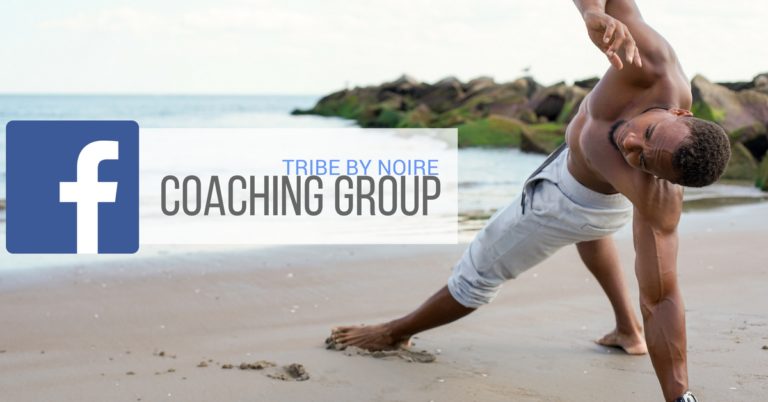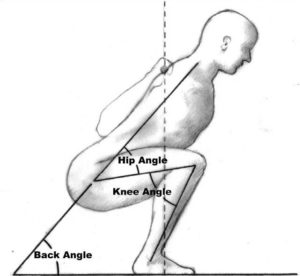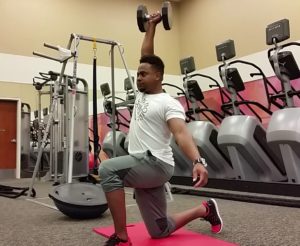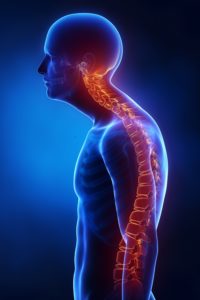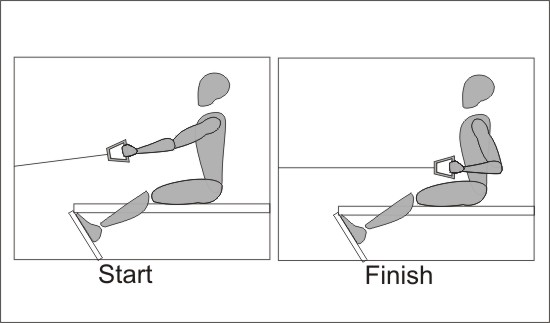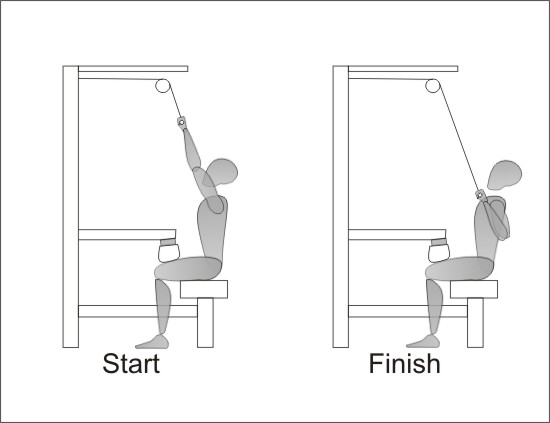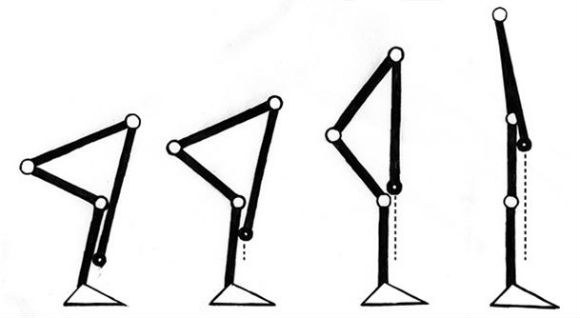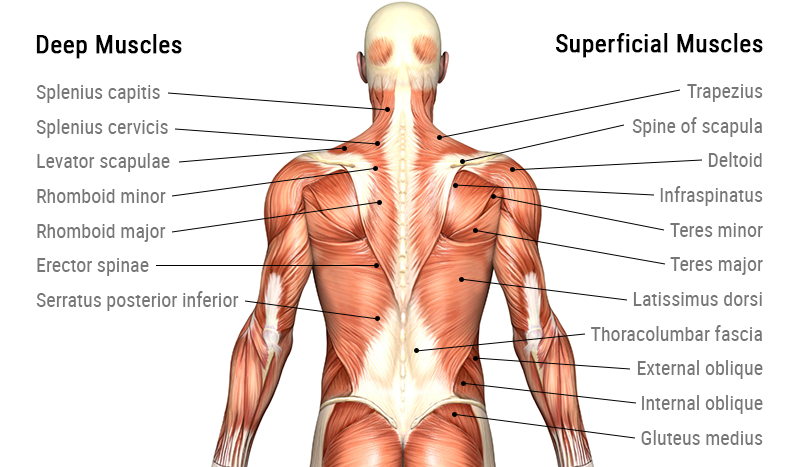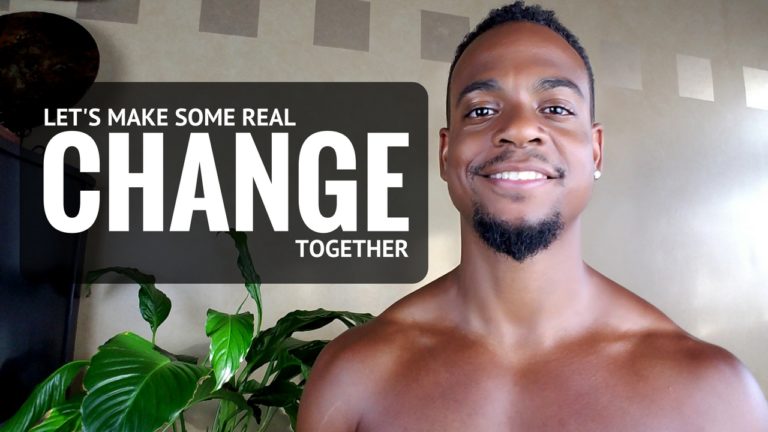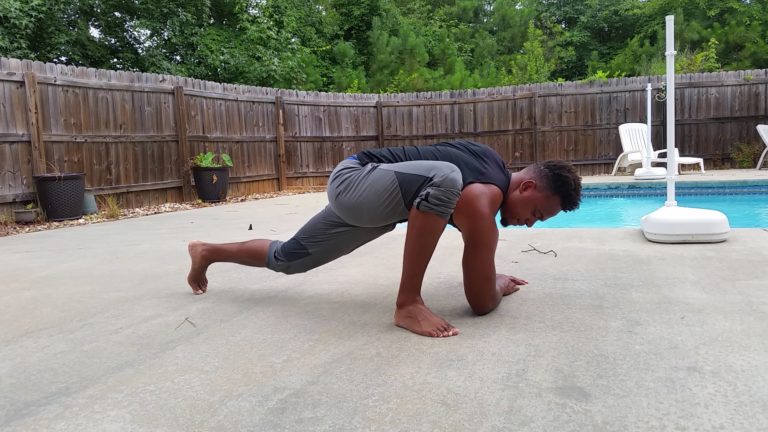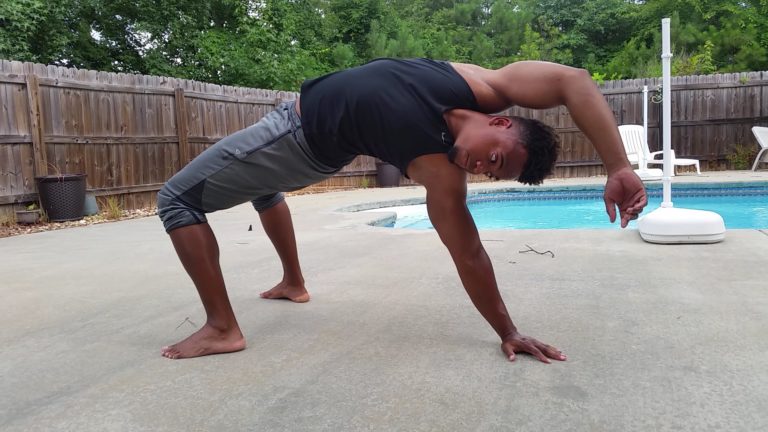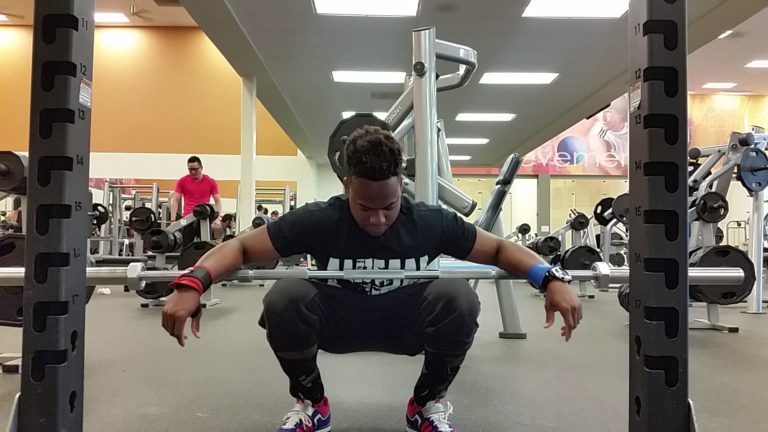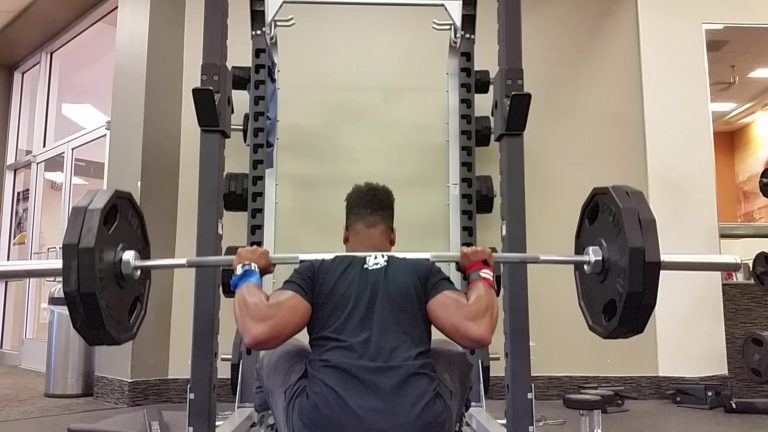Real success towards reaching your fitness is in understanding the fundamentals of a solid fitness training program. You don’t want to be like most people in the gym who just go to the gym with no real game plan, you want to train. Training requires a program that lays out a solid path and natural progression. A few of the things I’m going to cover here are,
- What qualifies as a fitness goal.
- The 4 phases of a training session.
- The training bell curve.
- The micro, meso, and macro cycle.
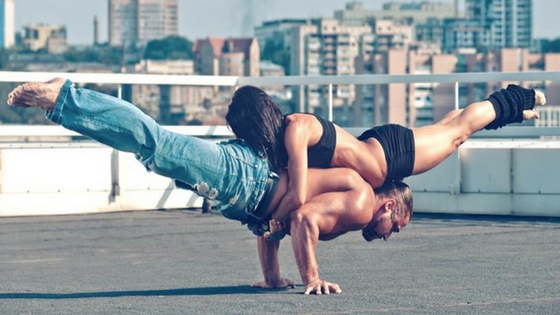
What Qualifies As A Fitness Goal
To put it simply, a fitness goal is a goal that can only be reached through training. Fitness is the measure of how well you move. This includes things like strength, endurance, power, and mobility. Aside from improving performance there are training goals that revolve around body re-composition. This is where your training is put together with the intent to tailor your physique to look a certain way.
While body re-composition is a legitimate fitness goal, weight loss is not. Weight loss is not a legitimate fitness goal because you don’t need to train to lose weight. The only real way to manipulate your weight is through your diet. There is no shortage of people in the gym doing hours of cardio in a failed attempt to lose weight. Cardio is for improving cardiovascular performance, not weight loss.
The 4 Phase Of A Training Session
Your workouts shouldn’t just be a perpetual string of random exercises. The ideal workout should have 4 phases that flow seamlessly into one another in a specific order.
PHASE 1 – MOVEMENT PREP
This is the part where you get your body ready for the work you’re about to do, in other words, warm up. If today is going to be an intense squat day, you want your movement prep to be geared towards loosening the muscles and joints of that movement, and setting an efficient squat pattern. The same goes for any other primary movement or movements of the day.
PHASE 2 – PRIMARY MOVEMENTS
This is the phase where you tackle your main objective of the day. Your primary work would be where you target a specific movement and or skill. This is typical the most intense part of the workout in terms of performance output. An example of this would be a powerlifter targeting the conventional deadlift for the training session. Ideally the powerlifter would target a high load on the deadlift for low amount of reps.
PHASE 3 – ACCESSORY WORK
This phase should consist of movements that compliment and work to improve on your primary movements of the training session. For example, if you were target the barbell bench press as your primary movement, your accessory exercises would be movements like dumbbell chest press, rows, overhead press, tricep extensions, etc. Core strength movements should be done towards the end. Accessory movements should be done with moderate to low weight and higher volume.
PHASE 4 – COOL DOWN
All the hard work is over and now its time to settle down and bring the body out of that state of stress. This could be yoga movements, dynamic stretching, and simple breathing exercises. If you have the time I would definitely advise that you not skip this phase. It helps more than most people think.
The Training Bell Curve
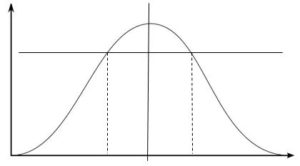
This curve is an example of how the intensity levels of your workouts should typically look in reference to the 4 phases. Your workouts should have a flow from low to high and back down again to recover. This type of strategy is key to managing the stress levels that training puts on the body. This will drastically reduce your risk of injury and keep you from over training. For more info on over training, read here.
Microe Meso & Macro Cycles
A solid training program should have these 3 cycles within it. The reason for this is because progress happens both in the short term as well as the long term. Only focusing on the short term, day to day training, will put you at risk for early plateauing. This is why you should plan your training cycles long term.
MICRO-CYCLE
This cycle describes the exercises, sets, and reps within a given training session.
MESO-CYCLE
This cycle describes the layout of the training days within a given week.
MACRO-CYCLE
This cycle describes the weekly layout of an entire program lasting for atleast a month.
Tribe By Noire
I’ve created this platform to help you become the most powerful version of yourself through fitness, plant based nutrition, and mindset coaching.
copyright © 2018 Tribe By Noire. All Rights Reserved
